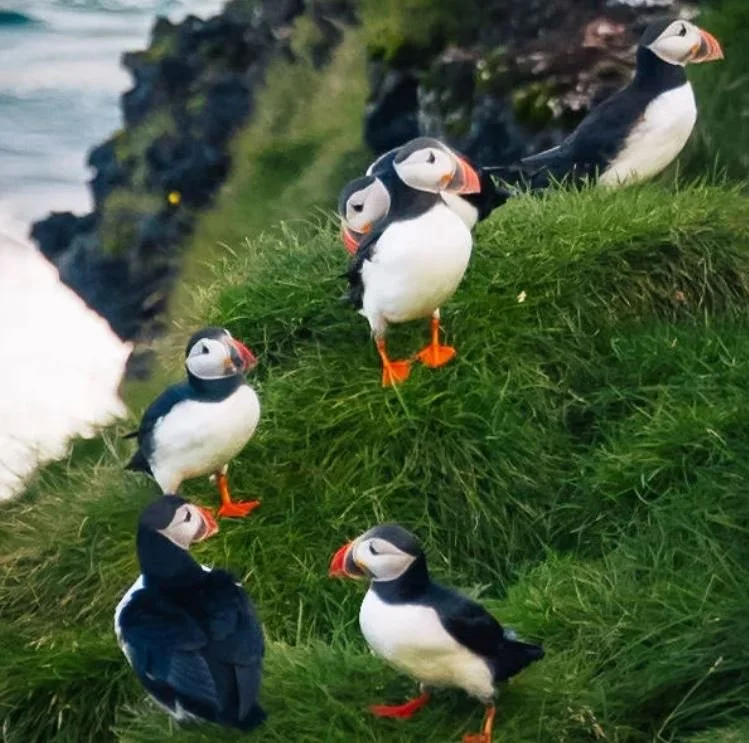Pando, World’s Largest Organism Is Breaking Up
A gigantic and ancient stand of aspen known as Pando is at risk of fragmentation and decline, researchers say. Located in central Utah on the Fishlake National Forest, Pando’s size might be no match for the insects, disease, and grazing animals that have been nipping at the trees and slowing its regeneration.
Scientists believe Pando is the world’s largest, densest living organism, weighing in at nearly 13 million pounds. Pando – Latin for “I spread” – covers some 106 acres, comprising more than 40,000 individual trees, but they are part of a clonal colony of a single specimen, a male quaking aspen (Populus tremuloides). Its root system is thousands of years old, dating back to the ice age.
Ecology professor Paul Rogers, who also directs the Western Aspen Alliance, conducted the first comprehensive evaluation of Pando five years ago. His study determined that browsing deer and the occasional cattle were chewing on new aspen growth, a threat to the regenerative growth that has kept the colony going for so long. The solution at the time was to fence off some of the more vulnerable pieces of the stand, but Rogers has come to reconsider that strategy.
“I think that if we try to save the organism with fences alone, we'll find ourselves trying to create something like a zoo in the wild,” Rogers says in a press release following his more recent research. “Although the fencing strategy is well-intentioned, we'll ultimately need to address the underlying problems of too many browsing deer and cattle on this landscape.”
Rogers’s latest research on Pando appears in Conservation Science and Practice.
Photo credit: US Department of Agriculture







